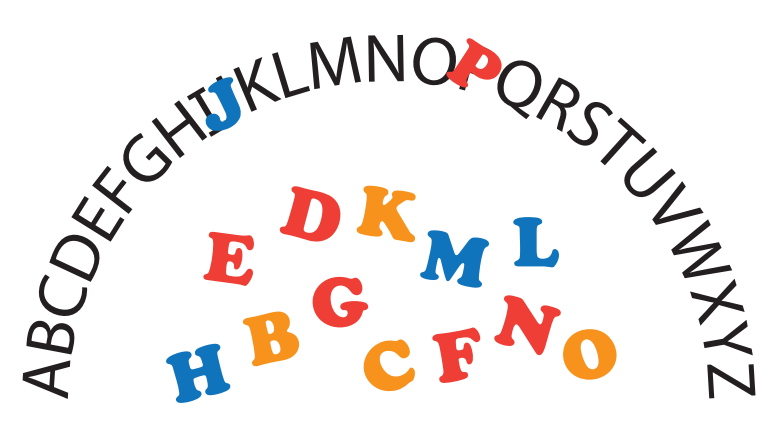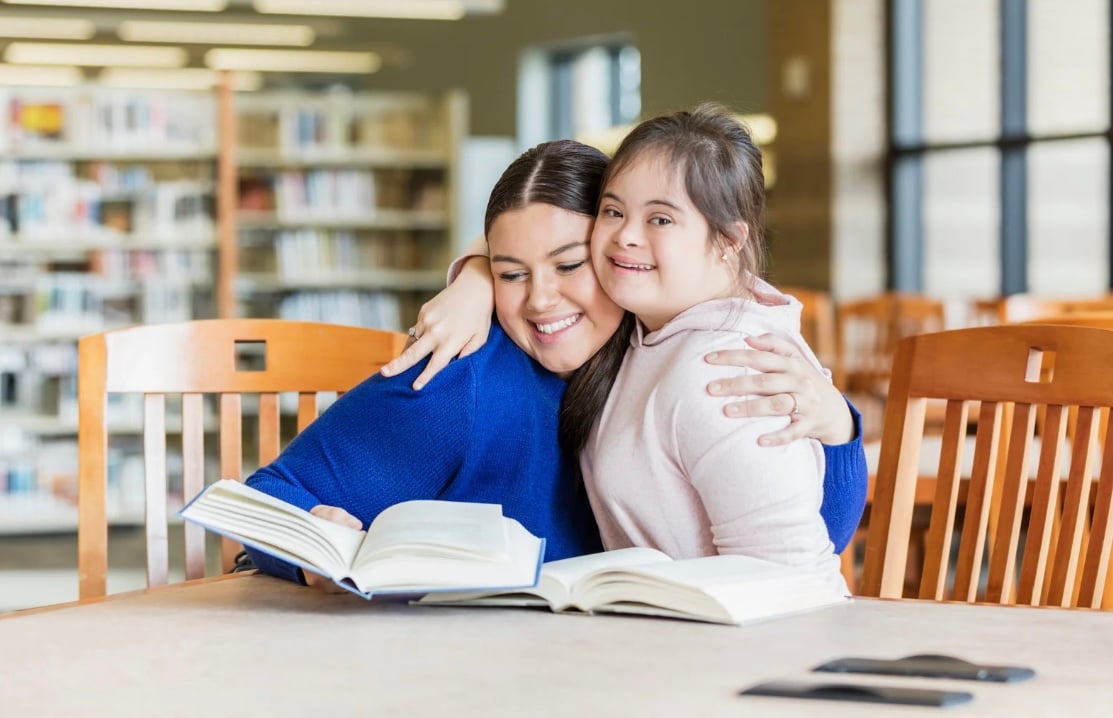What Parents Need to Know About the Oklahoma Alternate Assessment Program (OAAP)
If your child has a disability, you’ve likely heard about state assessments. But what if the school says your child should take the Oklahoma...

It’s important for students to have letter names automatized, which means they can recognize
them accurately and automatically. You might be surprised that students who struggle with
reading do not have this skill, but it’s very common that students with dyslexia or other reading
struggles do not have all 26 letters accurately or automatically memorized.
Florida Center for Reading Research has many activities listed for alphabet knowledge. One
activity is using the alphabet arc. It’s something that is used in a few high quality dyslexia
interventions. The alphabet arc can be found here. Be sure to print it out on 11x17 paper or the
alphabet letter won’t fit. Alphabet letters can be purchased here.

There are so many activities you can do with the alphabet arc, and remember, daily, repetitive
practice is key. Students can begin working on matching the alphabet in Pre-K and should continue in Kindergarten. Students should master alphabet knowledge by the end of Kindergarten, and if they haven’t, these activities should continue until they reach mastery. Students with dyslexia need daily repetition as they can lose information they previously mastered, so instruction should continue into elementary. We are trying to rewire the brain, and that takes multiple repetitions in order to build neural pathways. The alphabet arc printout has directions included. Other things you could include:
● Have students match the letters to the letters on the arc within 2 minutes. After they’ve
placed the letters correctly, have them physically touch every single letter and say it’s
name. Be sure not to sing it. Do not let them touch a C and say B, it must be touch C,
say C.
● You can work on some basic vocabulary that many students with dyslexia do not have.
Introduce them to the initial letter of the alphabet, A, the final letter of the alphabet is Z,
the two medial letters are M and N. Have them tell you how many letters are in the alphabet (26). The reason for teaching initial, medial, and final is because when they are
reading (decoding) a word, and they do it incorrectly, we can point them to the initial
sound (the first letter) and what sound would they expect, or to the medial sound or final
sound and what sound do they expect. Do this every day, every time they work with the
alphabet arc. Repetition builds strong pathways and that’s what we want.
● How many of you notice your child doesn’t know left or right, before or after. Another
activity you can do every day is have them say “my left hand is my before hand,” and
hold up their left hand. Then, “my right hand is my after hand,” and hold their right hand
up. Again, daily practice of this as well. You can put this to work with the alphabet arc.
Ask them, what letter comes before D, or any other letter, point to D with their right hand
and use their left (before) hand to point to the C and say, “C comes before D.” You can
do that with any letter or the right (after) hand as well.
● You can have them take the letters and put them in one row or two rows (A-M and N-Z).
Again, have them touch and name every letter.
● You can use the arc to begin building and reading words. For example, put all the letters
on the arc, then say, “I want you to build AT,” and the student says /a/, pulls down the A,
then /t/ and pulls down the T. You can do a word chain activity, like build the word CAT,
now make it BAT, they change the C for a B. Then build the word BAN, and they change
the T to a N, then build the word BUN, and they change the A to the U. Be sure to only
change one letter at a time. Never have them change more than one letter. You can search online for word chain or word ladder activities to get lists of words, but make sure
they only change one letter/sound at a time.
Overall, the key is to get them practicing daily, at minimum 4-5 days a week, so we give them enough practice to become accurate and automatic.
You can access and print the instructions up above here.

If your child has a disability, you’ve likely heard about state assessments. But what if the school says your child should take the Oklahoma...

Big news for Oklahoma parents who have students with disabilities! On July 1, 2025, a new law, House Bill 1393, will go into effect, giving parents...

Oklahoma's Parental Choice Tax Credit is getting a makeover starting July 1, 2025, thanks to Senate Bill 684 (SB 684), and it’s great news for...